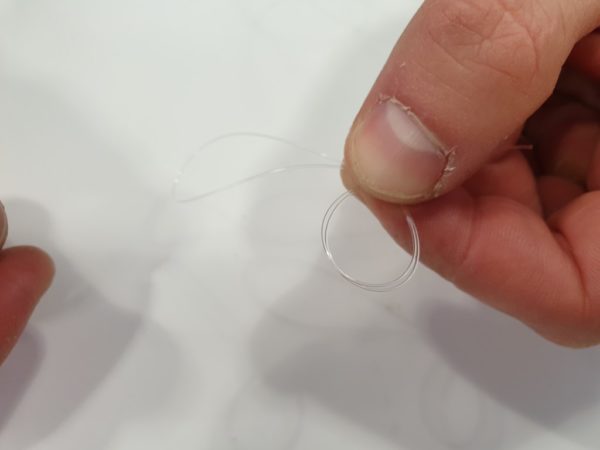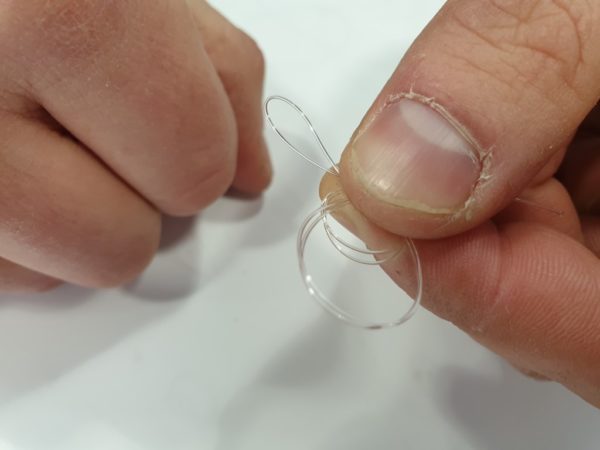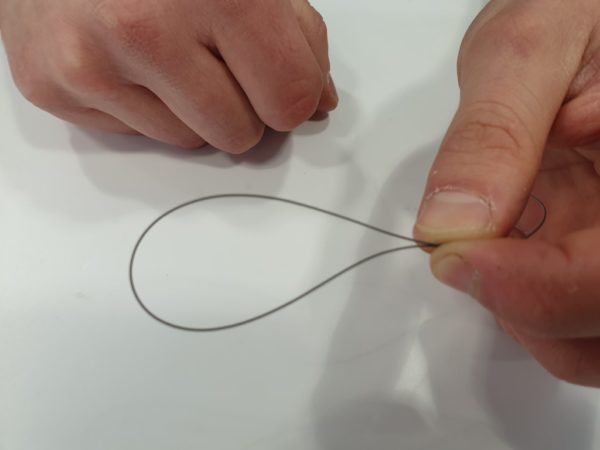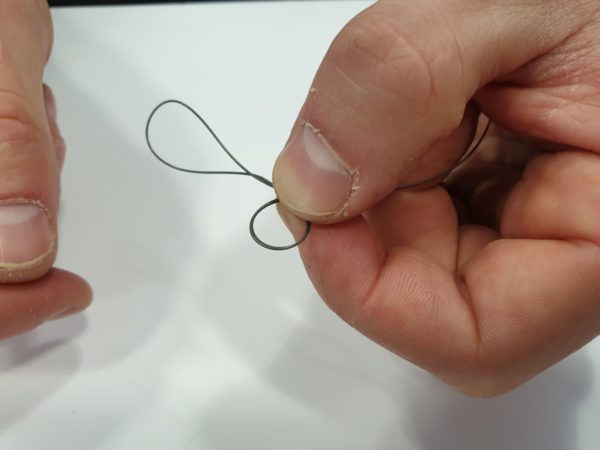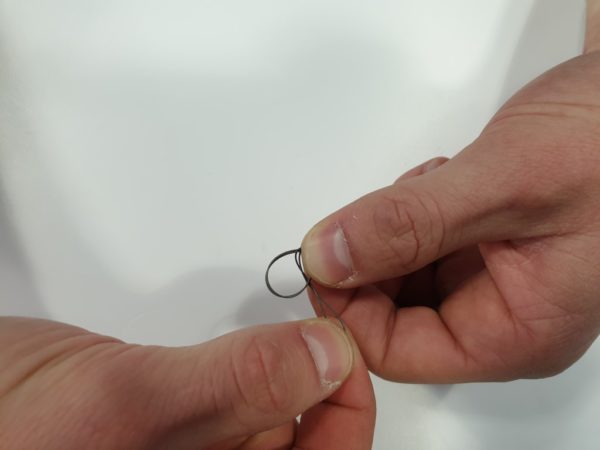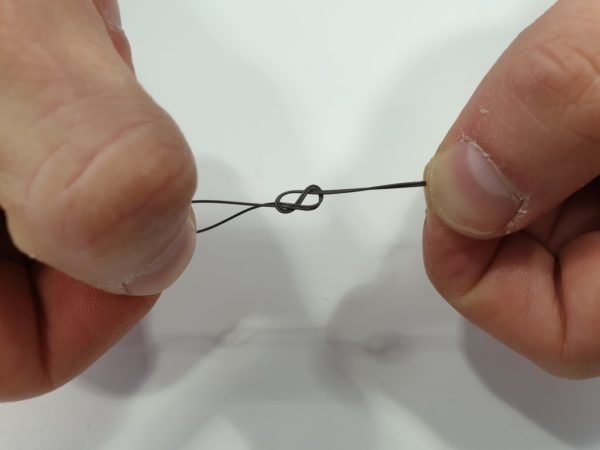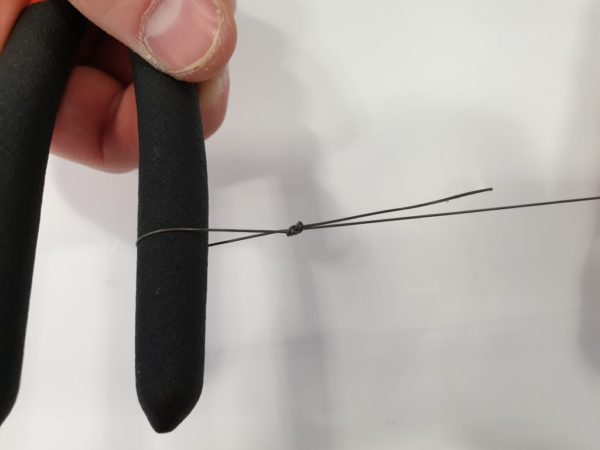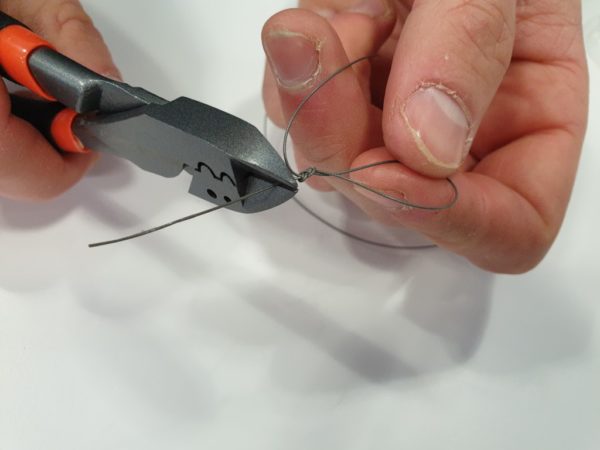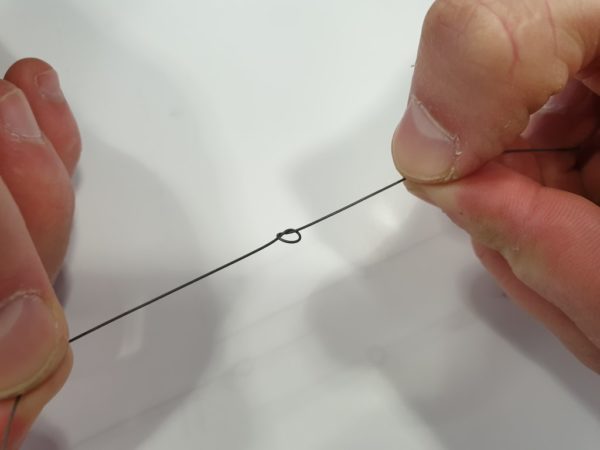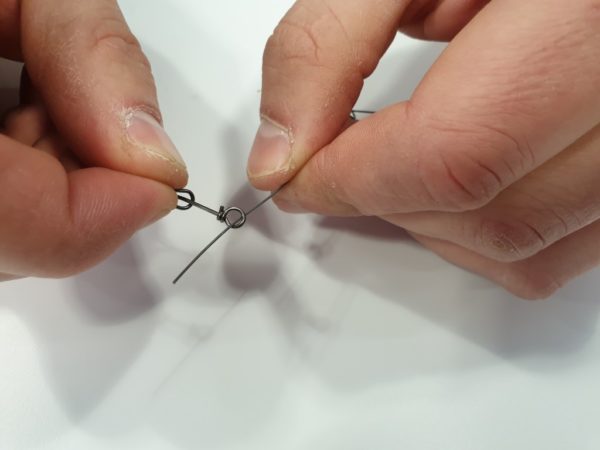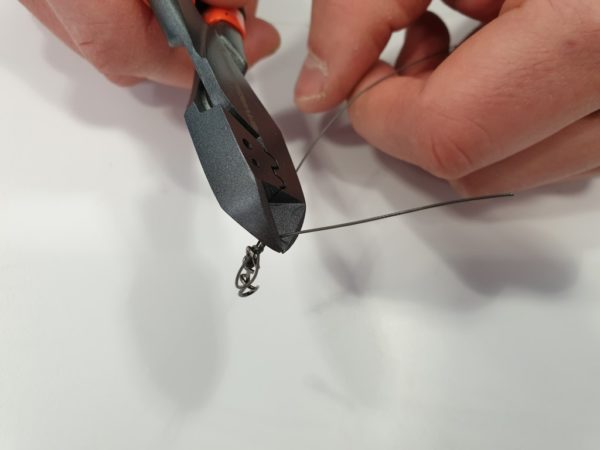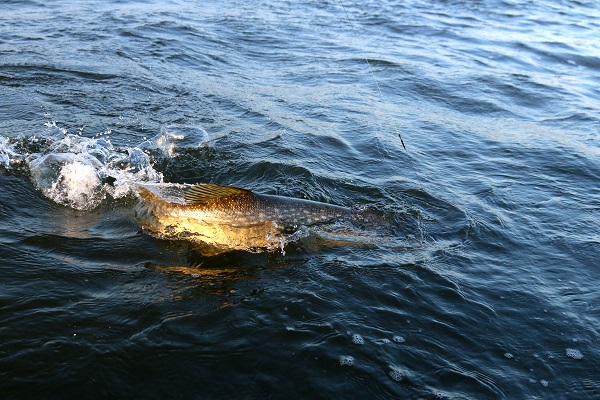The most important end of your pike fly fishing setup is undoubtedly the business end. This is the connection between angler and fish. Armed with 700 teeth, it’s important that you find the right tackle to present a fly whilst still avoiding that dreaded break-off.

In this article, we will be discussing how to tie a wire leader and how to choose the correct wire for the job!
Wire Leader Material
If you’ve fished for pike, you’ll know the importance of using wire. If you haven’t, then let us tell you the key benefits of using a wire leader. Pike are like a freshwater shark, built for speed, armed with an abundance of super sharp teeth – they are the apex predator of most UK freshwater systems.
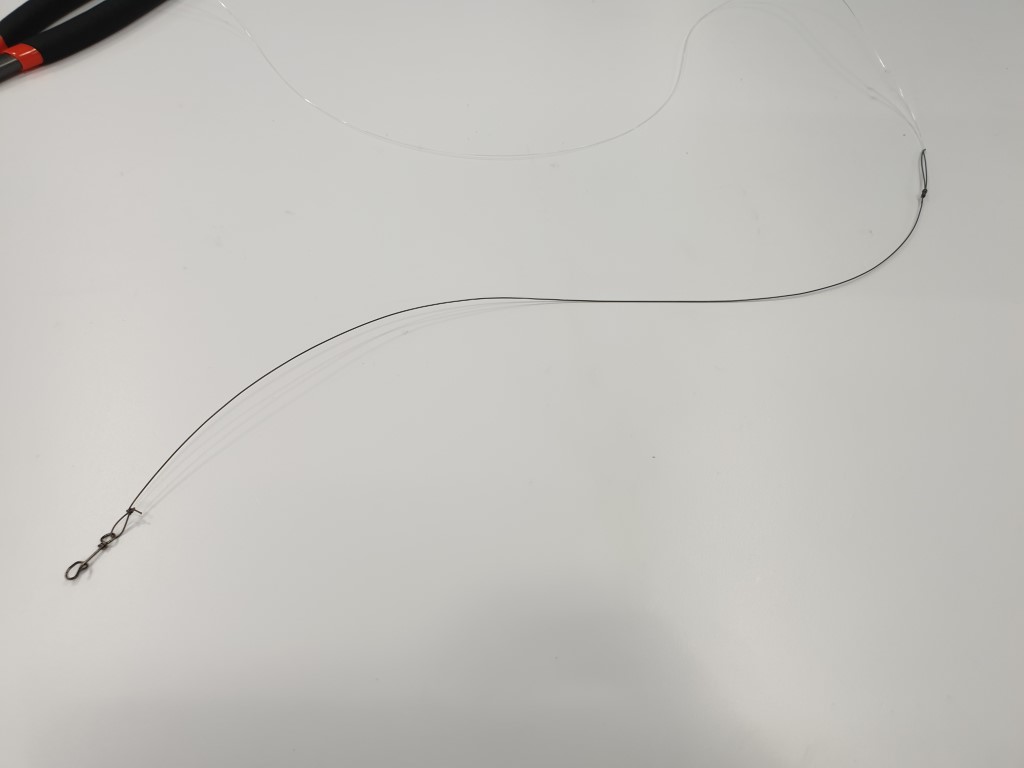
With this in mind, we need to ensure our terminal tackle is strong yet reliable enough to withstand the rigours and power of these fine predatory specimens.
Pike are not leader shy, so don’t let wire thickness put you off! However, opt for a supple wire. The suppleness will provide better presentation – we will come back to that later on in this article! Look for a plastic-coated wire, this coating provides grip for seating the knot and eliminates any unwanted damage to the wire.
We would recommend a plastic-coated 49 strand wire in 20-25lb breaking strain. It offers better suppleness in comparison to its 7 strand counterpart. This will provide you with an overall better fly presentation and will help turnover your flies more efficiently – ensuring your fly acts more natural in the water.
Fluorocarbon Leader Material
To connect your wire leader to your pike fly setup, you first need to attach a fluorocarbon leader. We recommend a 20-30 lb fluorocarbon leader of about 5 – 6ft in length.
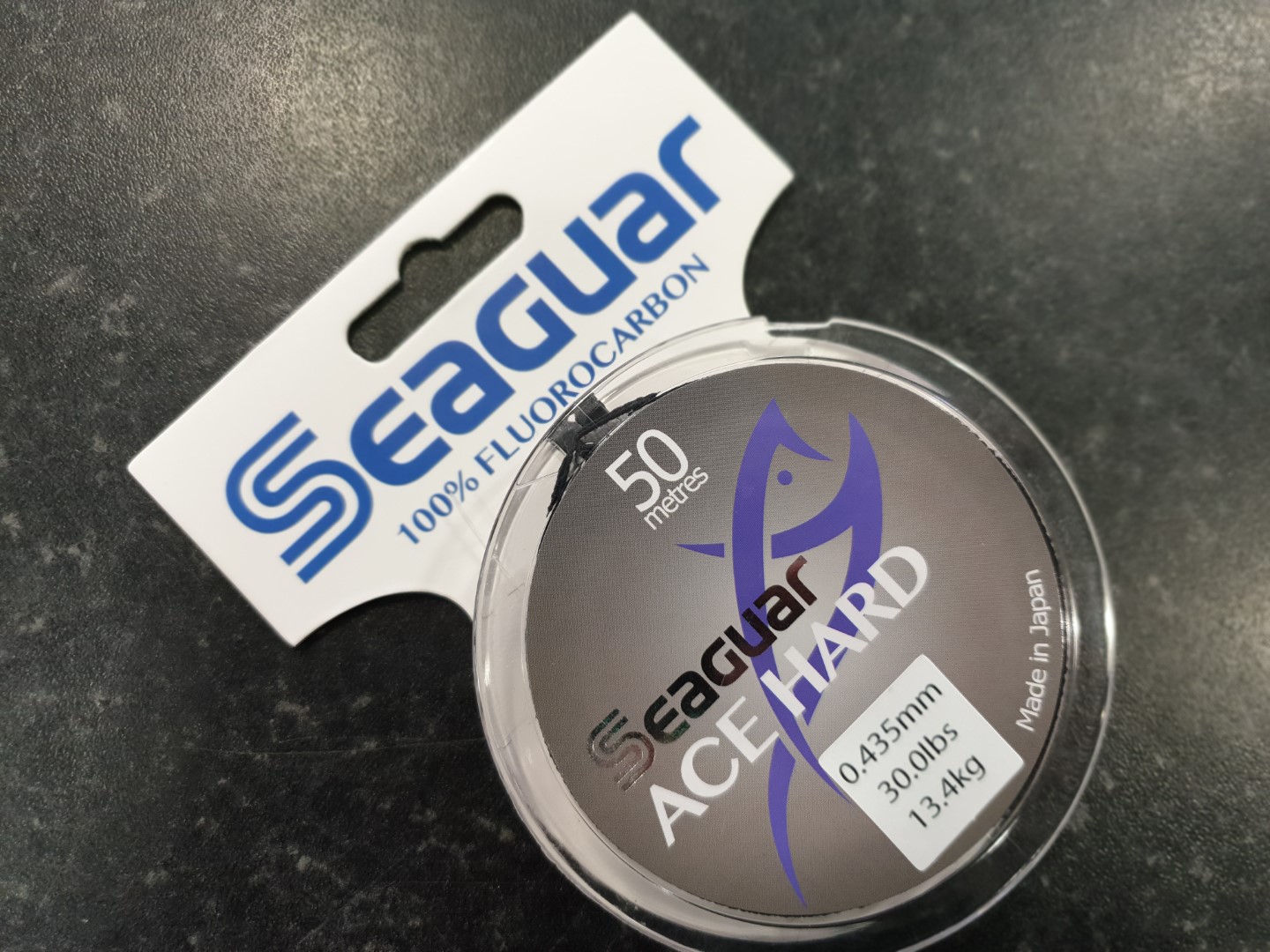
Don’t worry about the diameter of the fluorocarbon, as we stated earlier, pike are not leader shy but we require the heavier breaking strain leader to help deal with close-quarter battles, whilst the stiff properties of the fluorocarbon will help with the overall turnover of the fly.
Fastach Clip
Fastach clips can be added to your wire leader. Not only does it allow you to change flies quickly and easily but they also provide more articulation. This provides better movement in the water and provides a more realistic presentation.
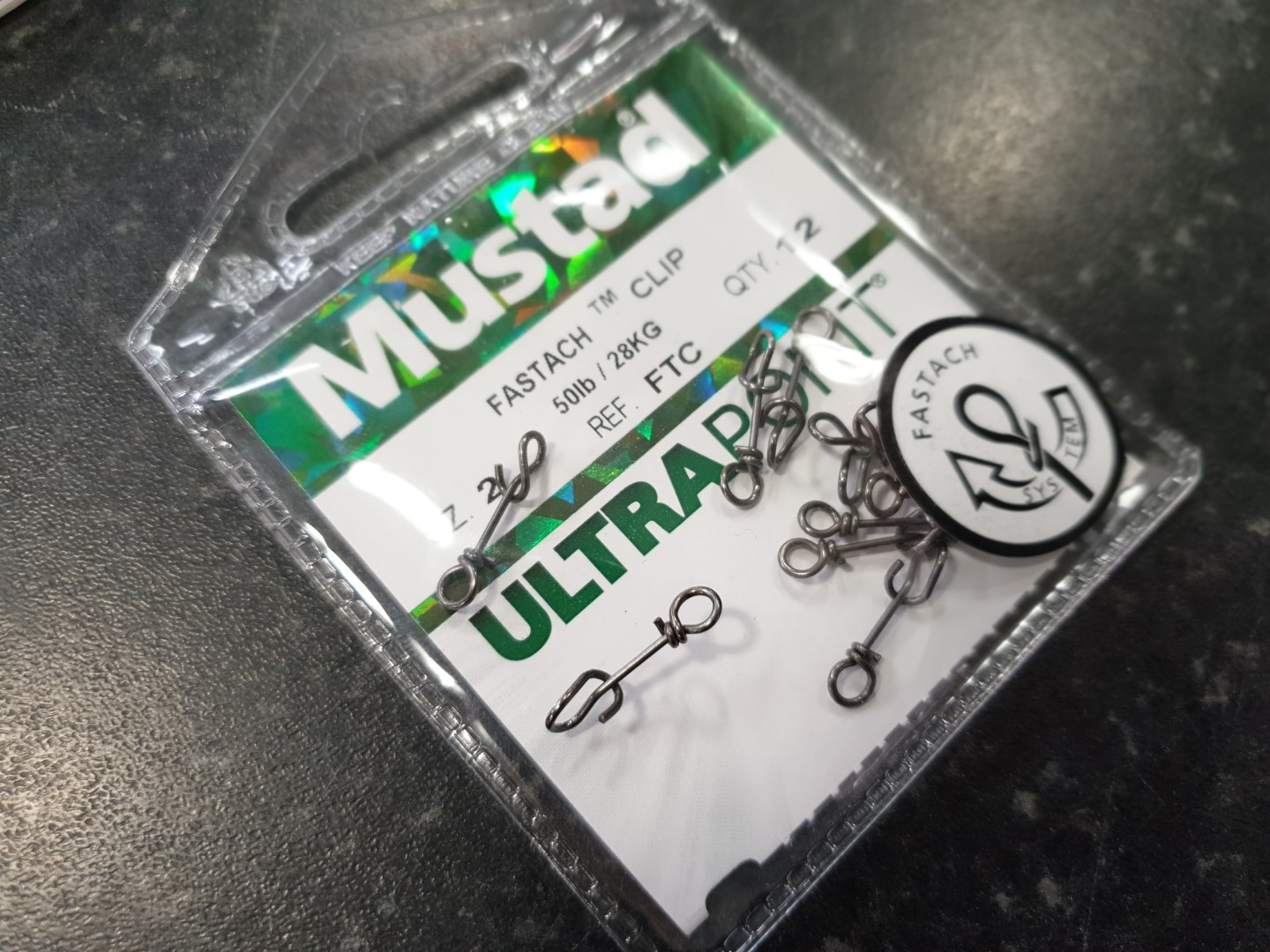
Connecting A Wire Leader To Your Fluorocarbon Leader
Your fluorocarbon leader connects to your wire leader via a loop to loop connection. This connection not only provides a strong streamlined connection but it also allows you to change your wire leader if it becomes damaged or deformed. What we mean by this, is when the wire either pigtails or curls it will affect fly presentation and action. If your wire leader becomes kinked, we recommend changing it instantly as a kink will become a weak point within the wire and could cost you a good fish.
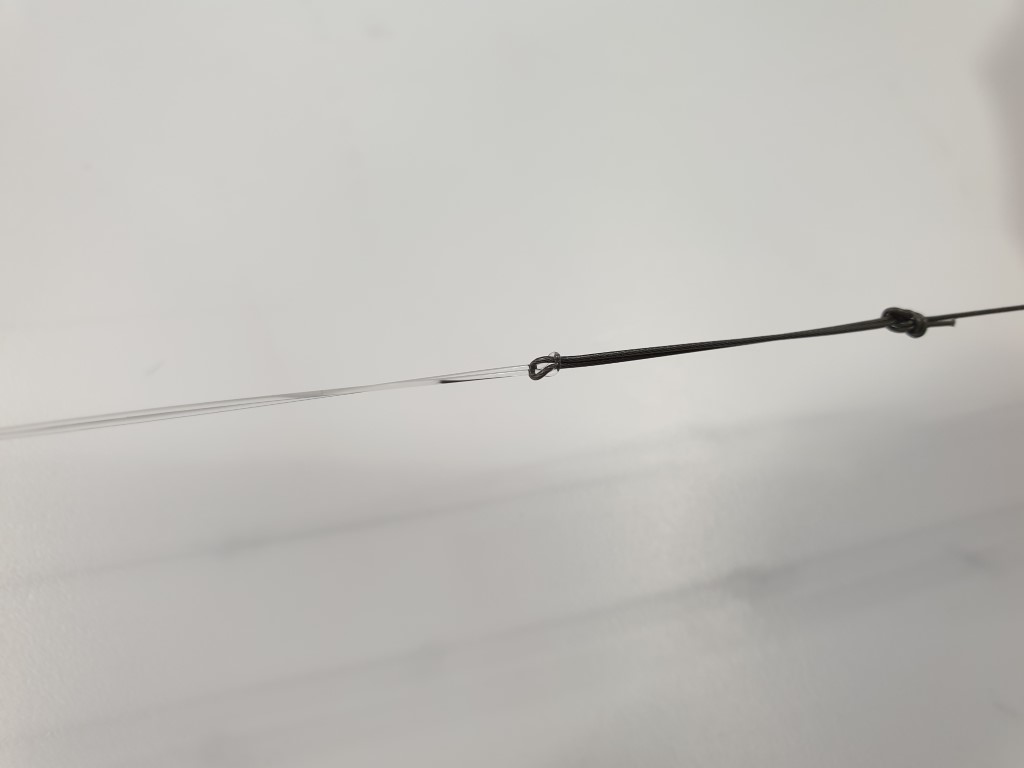
Connecting Your Fly To Your Leader
There are two ways you can attach a fly to your leader. If you’re going to fish the one fly through the majority of the day, you can tie the fly straight to your wire leader. A good idea is to add a bit more length to your wire leader. This is beneficial in any circumstances that you do decide to change your fly as your wire leader will still have a good bit of length to it and will not end up too short.
Alternatively, most anglers will opt for a fastach or egg snaplink to attach their fly. As stated earlier it will give you the ability to remove a fly to replace it with another pattern.
How to Tie A Wire Leader
1.Take a 5-6ft length of 23lb fluorocarbon leader, then tie a figure of eight knot. Ensure the knot is completely moistened before bedding the knot. This will ensure there is no unwanted damage caused to the fluorocarbon. Cut the tag end off and allow for a slight of slippage.
- 1
- 2
- 3
2.Now redo step 1 at the other end of your fluorocarbon leader.
3.Now use a loop to loop connection for attaching your fly line to one end of the fluorocarbon leader.
4.Take an 18” length of wire and tie an overhand figure of eight loop knot in the wire. Tighten down the knot and trim the tag end. We don’t need to moisten the leader as the plastic coating well help seat the knot nicely.
- 4
- 5
- 6
- 7
- 8
- 9
- 10
5.Now take a fastach clip and thread it onto the other end of the wire leader. Then tie the end of the leader with a jam knot with the fastach link incorporated. To seat the knot tightly, use the handle of a pair of wire cutters.
- 11
- 12
- 13
- 14
- 15
- 16
Test Your Leader
Once you have made your wire leader, we recommend testing it to destruction! This can be done by using a set of scales and a secure and safe area for attaching the other end of your leader too. By pulling the leader under tension on a set of scales we can determine the breaking strain required to break the leader.
In these instances, the knots will be the weakest points of the rig. (Please note: safety is extremely important when carrying out these sort of tests and we highly recommend that you wear safety glasses and protective gloves during your testing phase)
Sounds extreme right? But it will immediately highlight any weak areas in your setup whilst providing you with confidence that your setup is strong and reliable. Once you’re happy with your leader setup, it’s time to hit the water!


